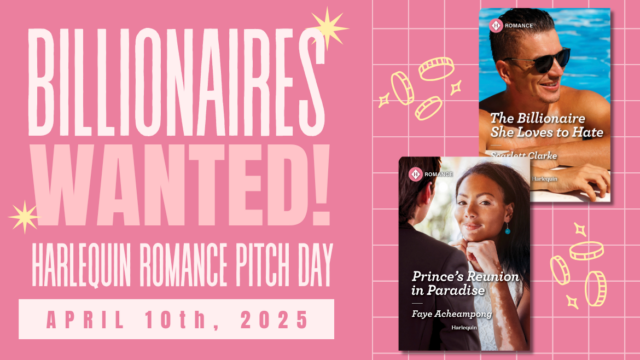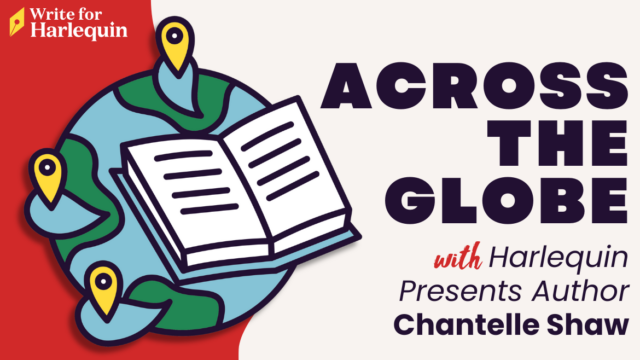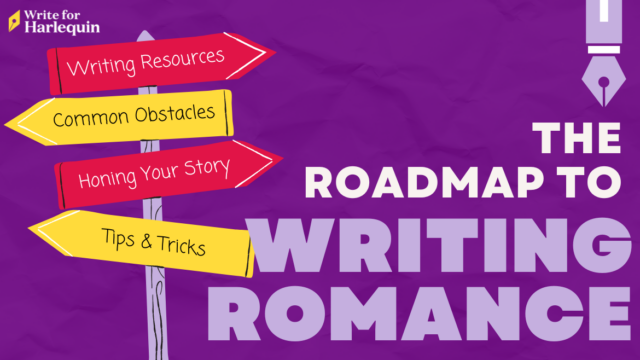
 By Susan Litman, Editor, Harlequin Special Edition
By Susan Litman, Editor, Harlequin Special Edition
Congratulations! You’ve finished your new manuscript. Now you’re getting ready to enter So You Think You Can Write or pitch the project to an editor in person or online. Or maybe you’ve decided to submit to an editor and you’re asked to include a query letter and synopsis.
But what’s the difference between these things? And how do you nail a pitch in order to leave the editor or the SYTYCW voter wanting more? What’s the most effective way to craft a synopsis to grab the editor’s attention, and quickly? We’ll break them all down—starting with the pitch:
The pitch is the writer’s “sales pitch” of their story to an editor or agent—or in the case of SYTYCW the judges and voters. You’re summarizing your story as briefly as possible, but of course, you want to hit the highlights—who your hero and heroine are; plot (what happens in the story, besides the romance); conflict (the internal and external forces keeping the hero and heroine from coming together); and of course, your hooks (cowboys; wedding themes; secret babies; secret agents!; reunion romance and so on). Try not to focus on backstory—during a pitch, backstory almost works like quicksand. You get stuck explaining why he or she ended up where they are, rather than where they are going, which works against your purposes.
For So You Think You Can Write, you need a 100-word pitch to go along with your manuscript. You want to get your hero and heroine, plot, conflict, and hooks across in that pitch. The goal is to hit these selling points and pique the judges’ and voters’ interest, giving them your story in a nutshell and enticing them to read on to your first chapter.
You can also use your SYTYCW 100-word pitch in future for pitching to an editor at a conference. When you pitch in person, it’s natural to be nervous! Just remember that the editor or agent you’re pitching to is just a person who wants to hear a great story. You can go from memory or turn your pitch into point-form notes to help you highlight everything you want to say about your story. Pitch sessions are short—you have a couple of minutes to impress an editor or agent, so show off your plot, conflict and hooks!
One more thing you can do with your pitch? Adapt it to include in your query letter. A good query letter can help you stand out from the competition in more ways than one. By targeting the right editor or series with the right story—and showing them in your letter that you can follow the guidelines posted by the publishing house on the website—you’re setting yourself apart by demonstrating that you pay attention to detail. Don’t get me wrong—the first thing we love is a great story, but if the rest of the letter is addressed to Mr. Lipman at Harlekin and you’ve pitched me a 90,000 word multi-generational story for Romantic Suspense . . . I might not be making that request.
Here is a checklist for your query letter:
- Keep the letter to one page.
- Include a brief author bio that tells the editor who you are, what your platform is and why you want to write for their series/publisher.
- Include your contact information.
- Use an easy-to-read font size. 11 or 12 works best in all fonts.
- Make sure you’re using a professional-looking email address (ie. first.lastname@mail.com or similar), not the one you use to live-tweet Dancing With the Stars.
For more on query letters and how to submit to Harlequin, check out “Get in the Door: How to submit to Harlequin” tomorrow at 1 p.m. EST.
Of course, a query letter should be accompanied by a synopsis of your project. A synopsis is essentially an outline or summary of your story. You’ll see different length suggestions, ranging from 2 to 10 pages, depending on the contest or publishing house you’re submitting to. 4-6 pages is a good middle range to include all the important points of your story.
Remember how I said to try not to focus on backstory during the pitch? Well, in a synopsis, you want to do the opposite—but very, very carefully. Here, the objective is to draw on your backstory as needed to illustrate your characters and their conflicts and get them into their starting points—which, if you’ve written a good book, you can do in a few brief lines. You can use backstory strategically to support your main plot threads—but that’s it!
In a synopsis, we want to see an overview of your plot, conflicts and characters. This is a road map of the journey your characters take. We don’t need to see every time they stop for a soda, but any time the plot affects them and their relationship, you should mention it. And don’t forget, we want to know how the book ends!
Hopefully, this roundup has given you a good look at the differences between the pitch, the query letter and the synopsis, and how you can use each format to capture the editor’s attention. So what are you waiting for? You’ve got a manuscript to pitch!
Join the conversation on Twitter with the hashtag #SYTYCW15, and follow @HarlequinSYTYCW.




